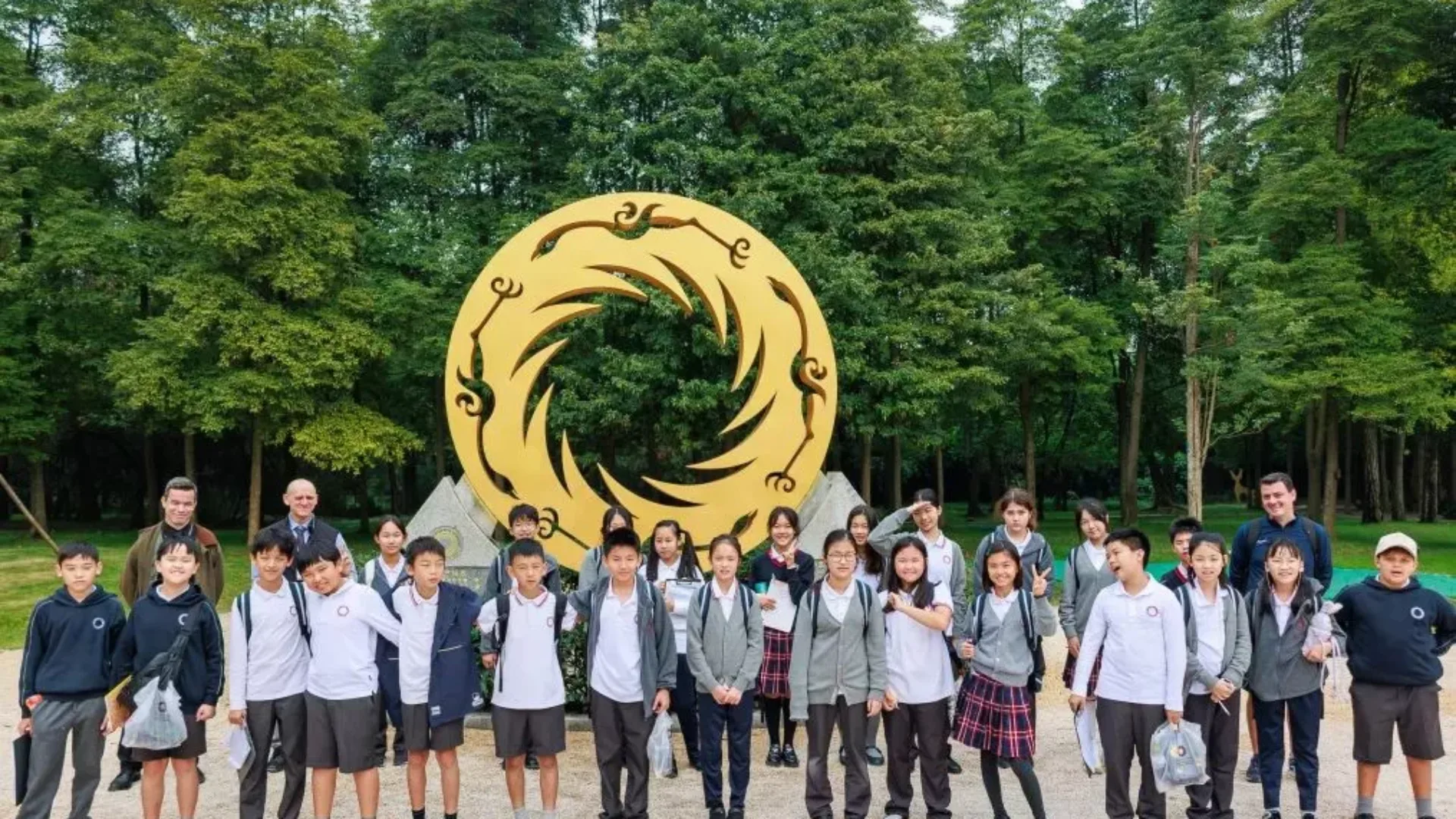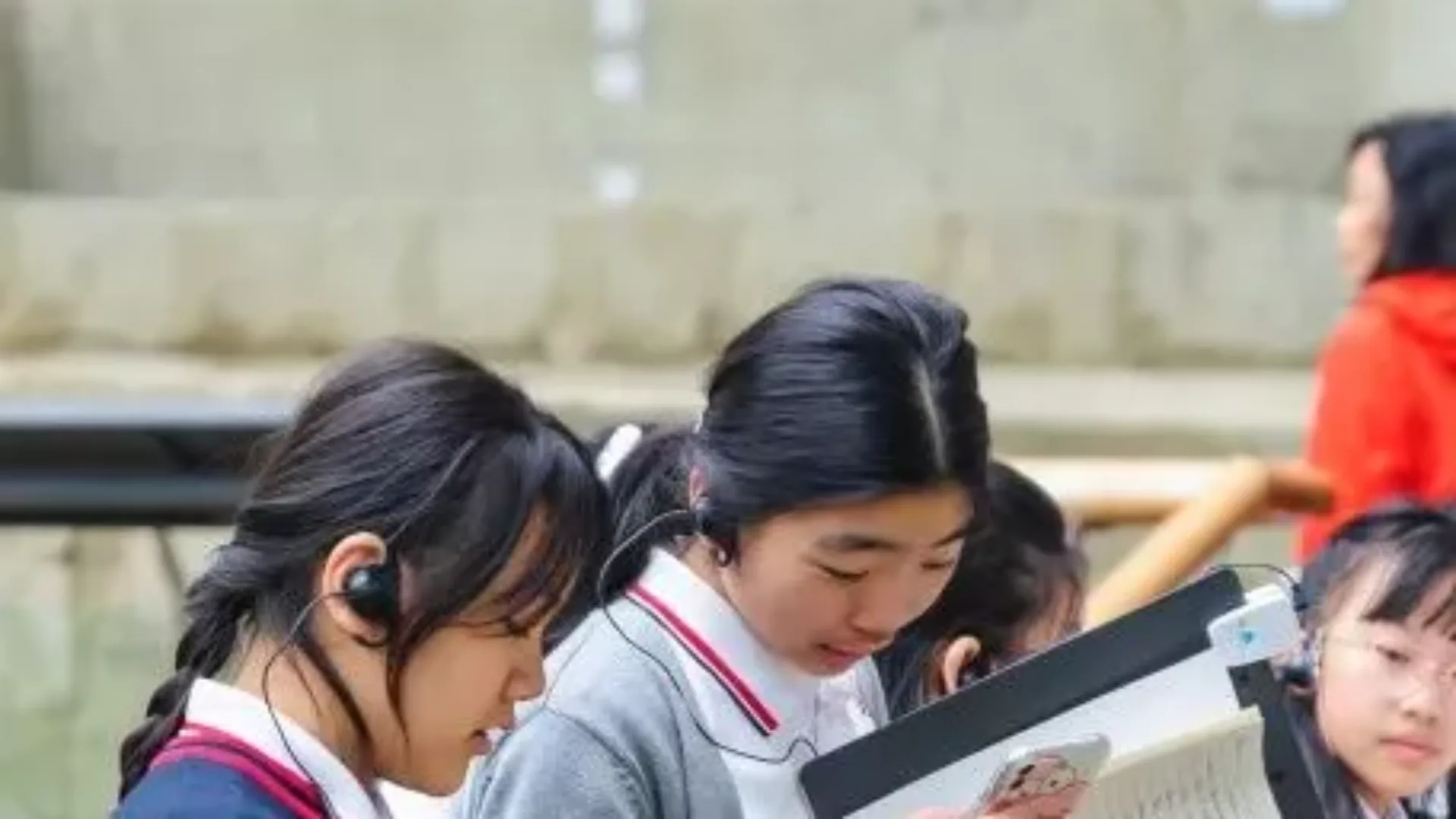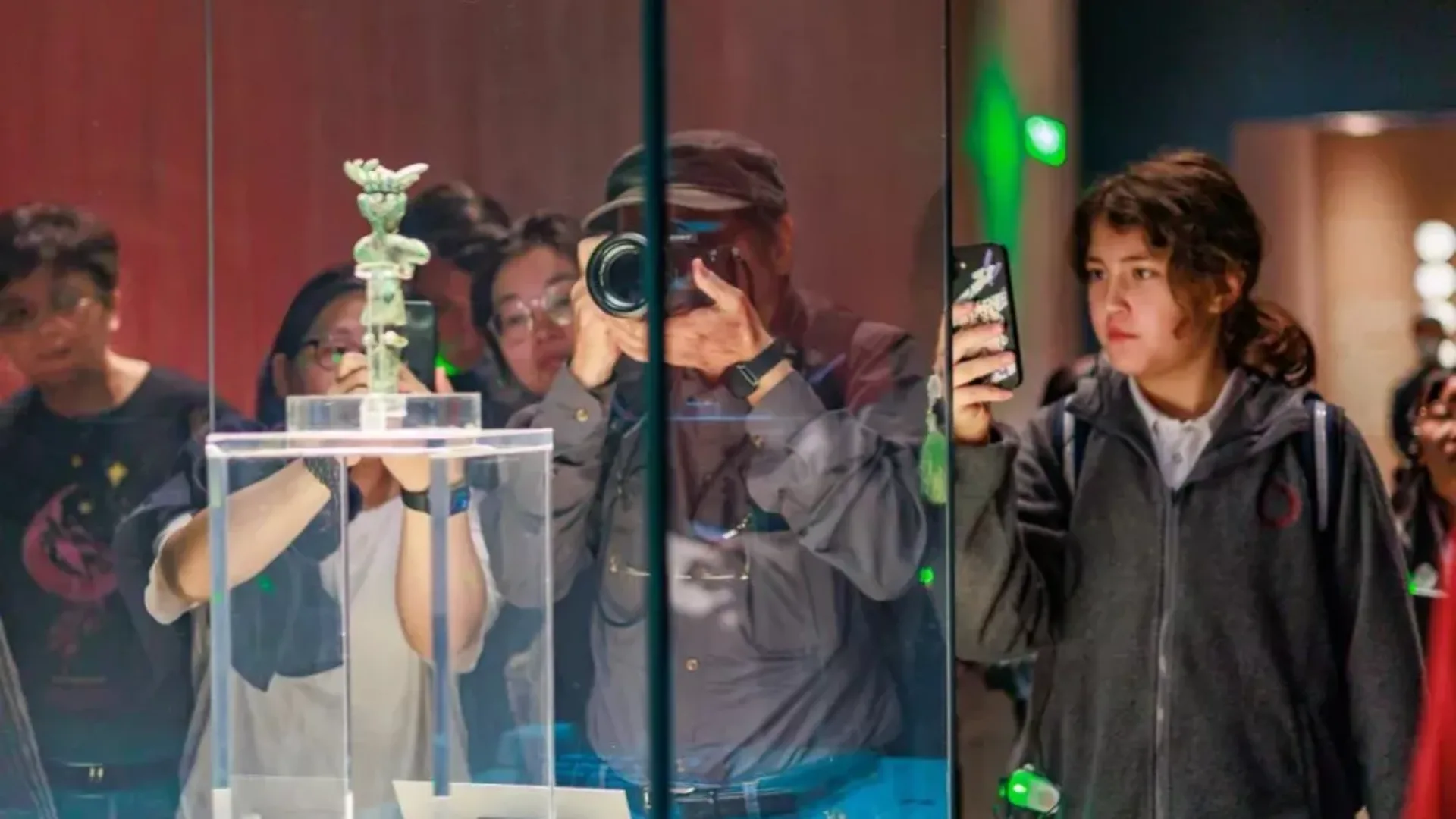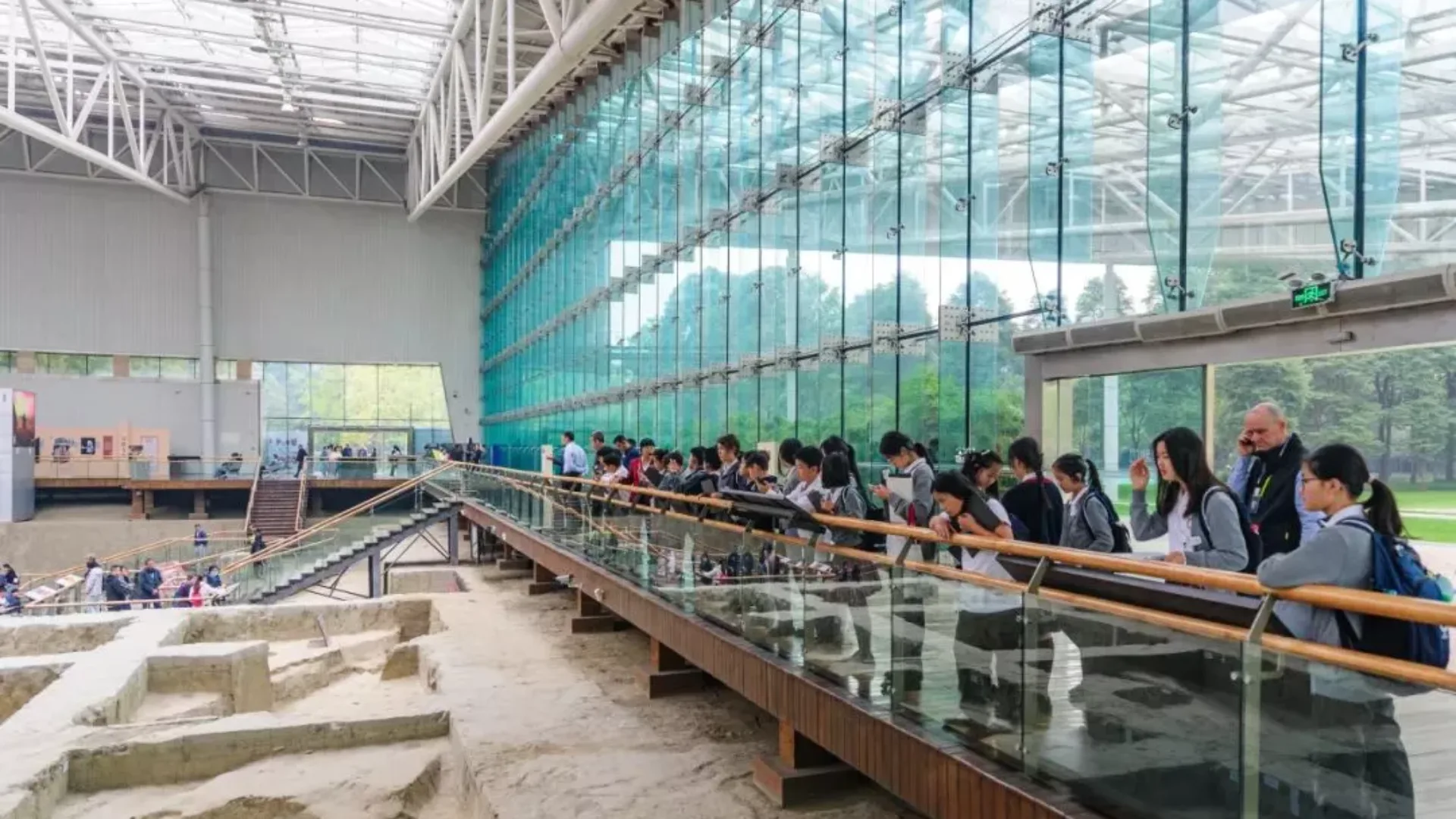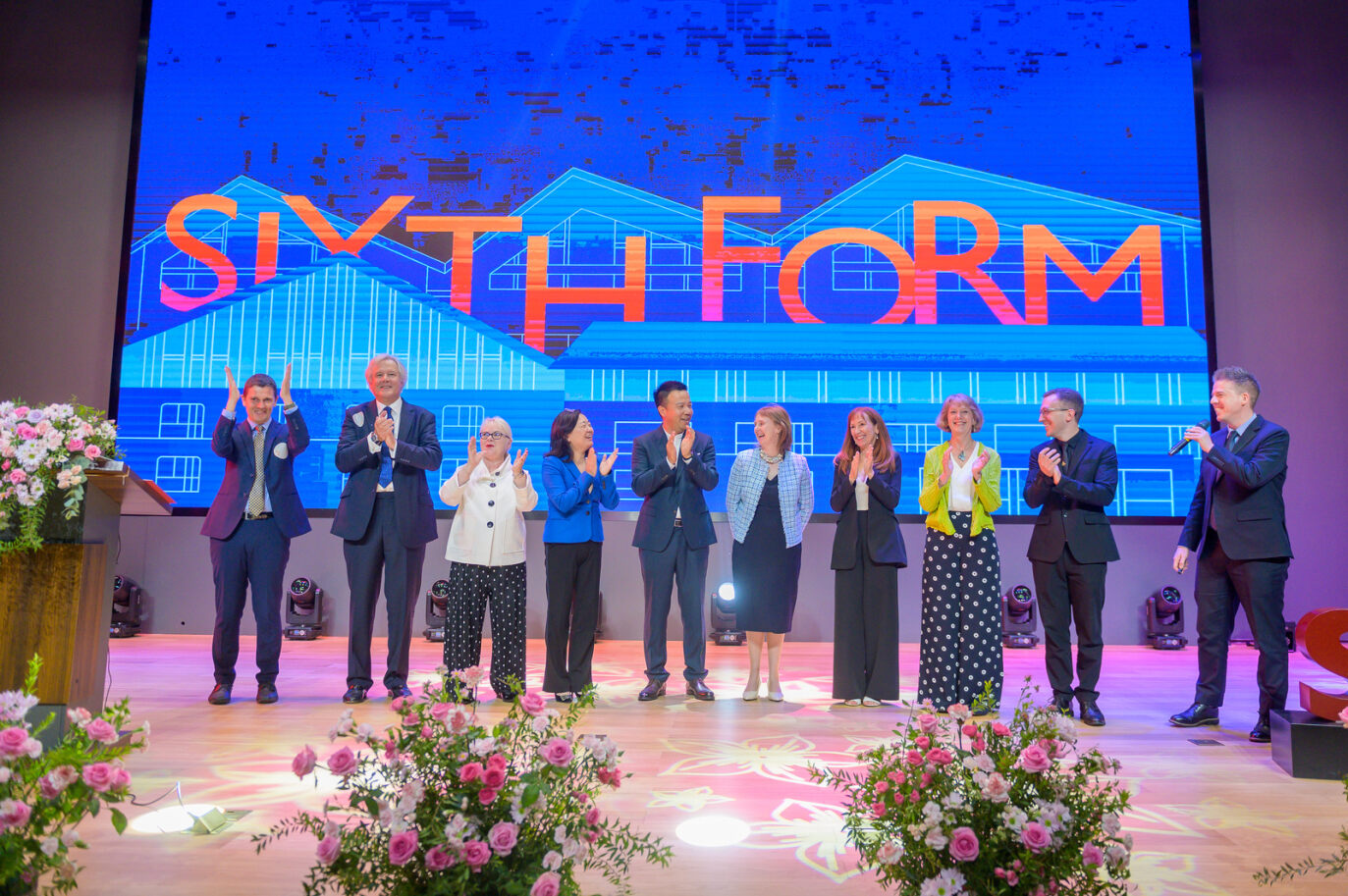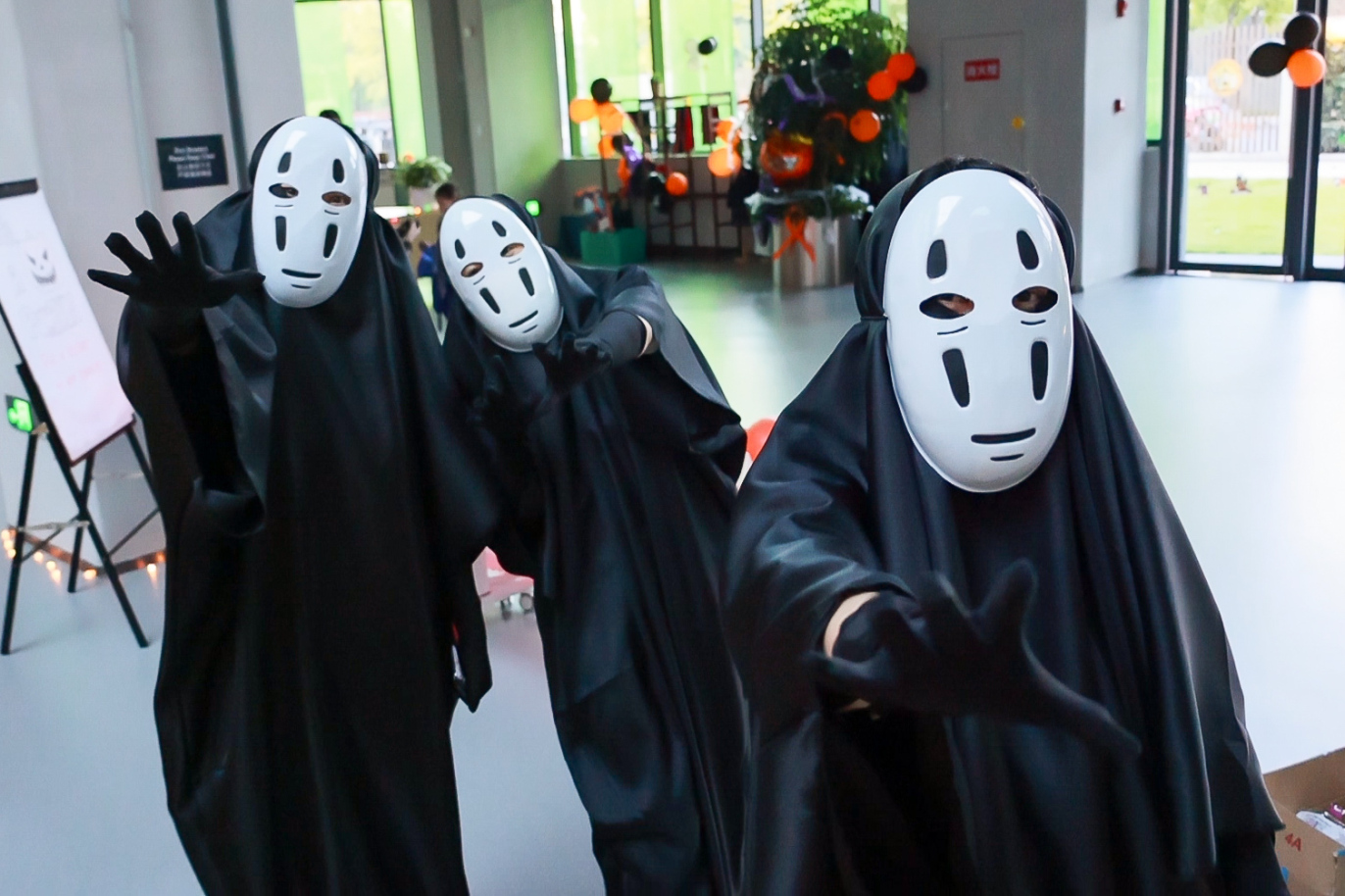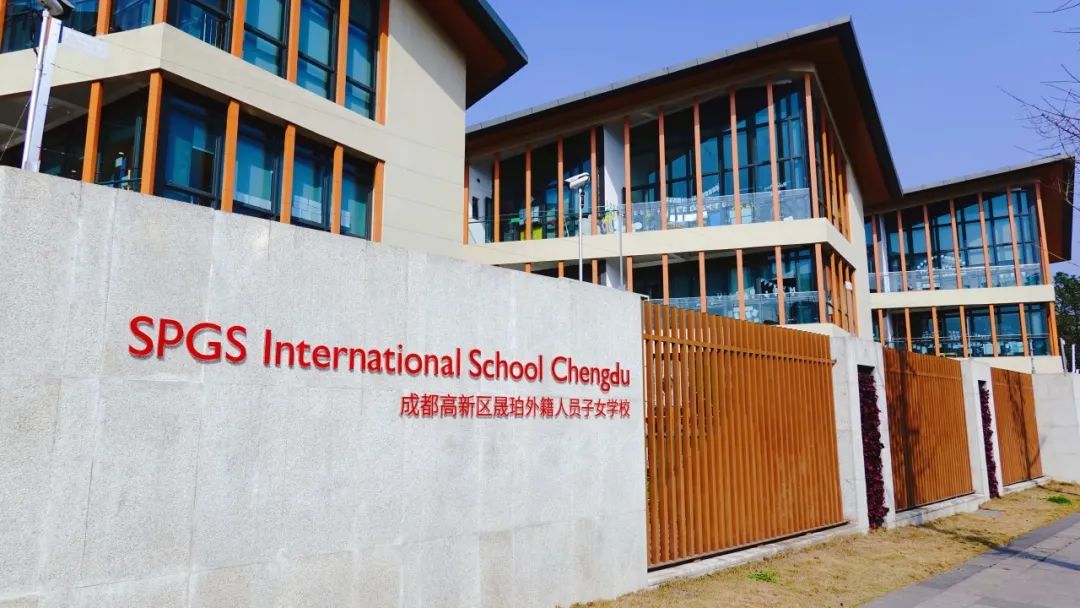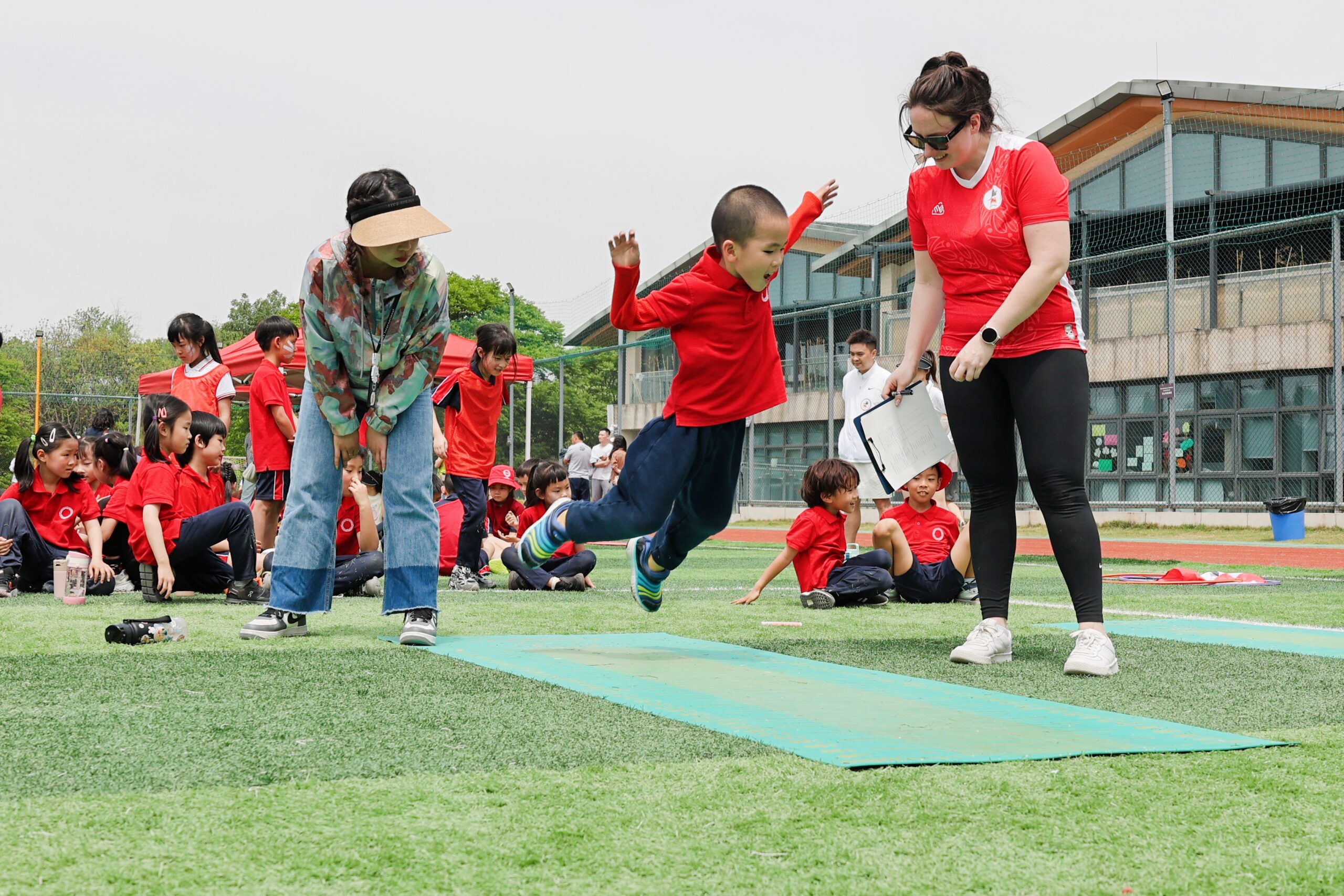Year 7 Field Trip to Jinsha Site Museum
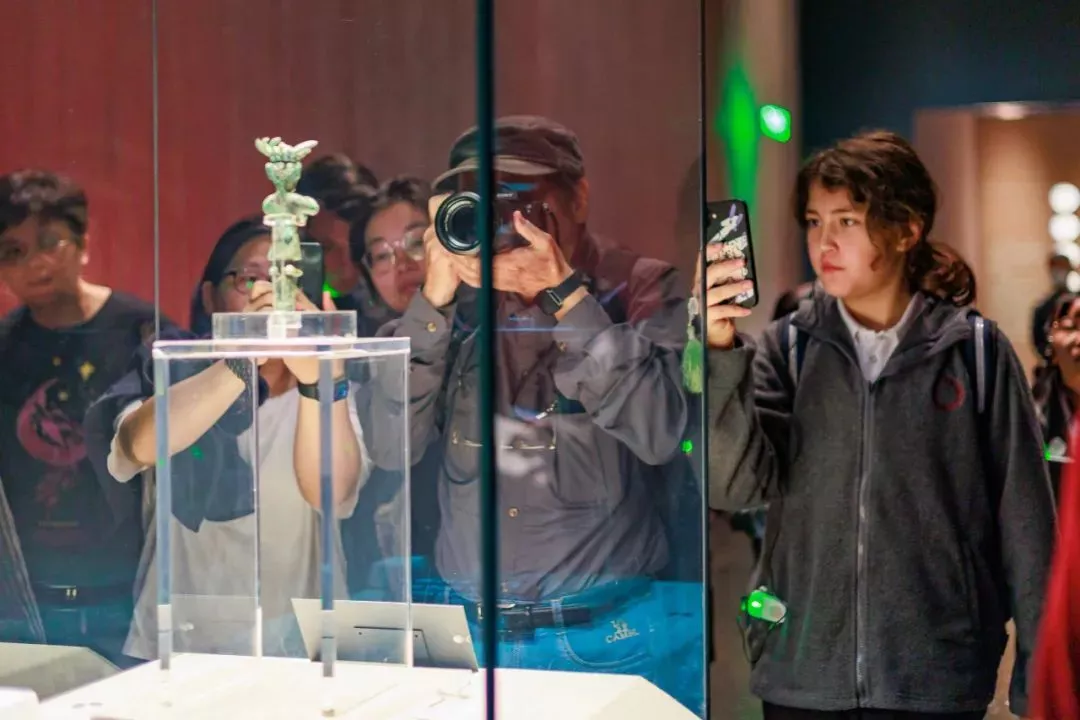
On 24th October, the Year 7 students of SPGS International School Chengdu participated in an exhilarating co-curricular field trip. As part of the Year 7’s bespoke introductory module to History, named: ‘What is History?’, our students visited Jinsha Site Museum. This unique archaeological site dates back 3,000 years, from the late Shang Dynasty (17th-11th century BC) to the early Spring and Autumn Period (770 BC-476 BC).
During their tour, the students were first shown the huge excavation pits in which the variety of cultural relics were discovered back in 2001, and introduced to the process in which artifacts are unearthed. After that, students visited the Cultural Relics Hall, which consists of thousands of historical objects, highlighting the earliest signs of civilisation (Ancient Shu people) in Chengdu.
The students were set a discovery task in which they had to ‘Analyse an Artifact’ of their choice. This consisted of writing down the material from which it is made, as well as making various inferences, for example: ‘What does it tell us about how the Shu people used that particular relic?’. A popular choice of artifact was the enormous elephant tusks which amazed the students, who were fascinated to discover that elephants roamed Chengdu thousands of years ago! Another admired relic was the Gold Foil of the Golden Sun Bird, which is now the iconic and contemporary symbol of Chengdu.
Extensive co-curricular field trips are a key component of SPGSI Chengdu’s holistic education. As part of our Humanities curriculum, this field trip seeks to develop a curiosity about the past and places important significance on applying theoretical practice learned in the classroom to application outside of it. It also enabled students not only to identify the process in which artifacts are unearthed but to piece together how ancient civilisations functioned as a society by evaluating various primary sources of evidence. Through this process, students can extend their historical understanding of the past and develop a lifelong passion for History.
